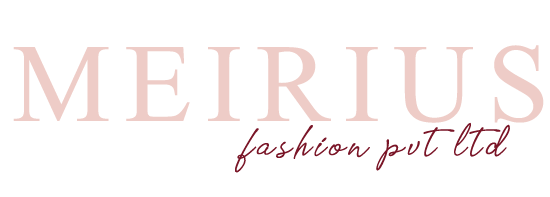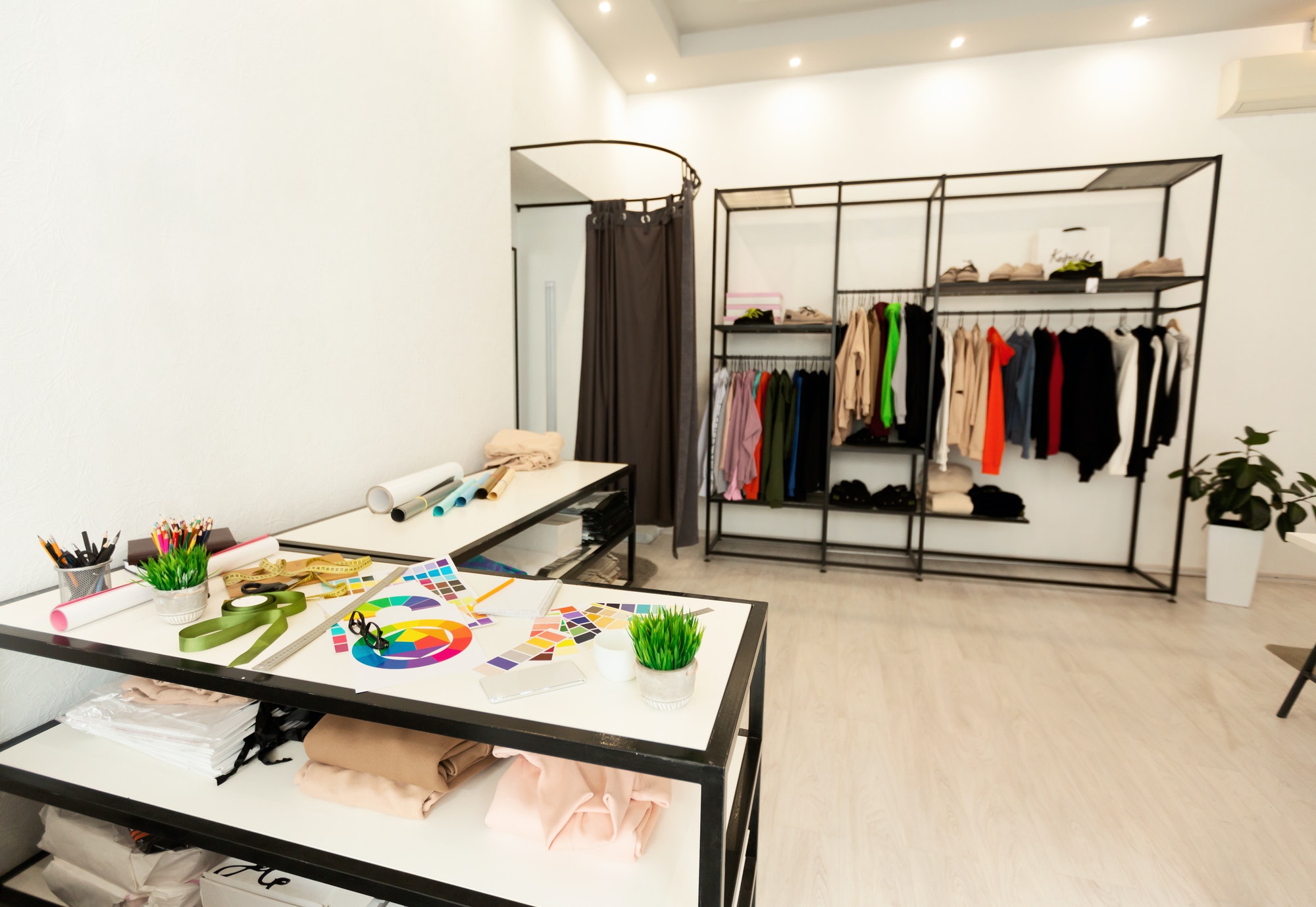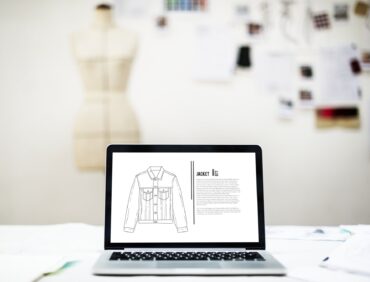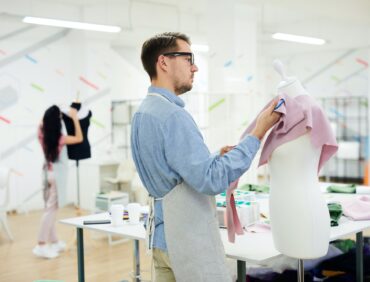The sample is a product which represents a group of product or lot. The sample will reflect the quality and workmanship of the exporter or manufacturer. Garment samples are inevitably important part of exporting. Sampling procedure in the apparel industry is an important activity for the order acceptance.
THE MAIN PURPOSES OF THE SAMPLING PROCESS IN GARMENT INDUSTRY ARE GIVEN BELOW:
- To allow the buyer to judge the production capabilities of the manufacturer.
- To provide a means for making revisions in the bulk production process.
- To let the manufacturer estimate the thread and fabric consumption, and develop cost quotations.
- To let the buyer know the potential of an exporter.
Since the buyer generally places the order after getting satisfied with the quality of the samples, this process is considered to be a vital one. The sampling process is generally performed in the apparel industry by a separate department with skilled labors since the process decides the order acceptance factor. The merchandiser is the person who coordinates with buyer and sampling department. Hence, all his communications need to be understood clearly in the sample development process.
In general, the buyer will place the order based on the manufacturer’s performance in the sampling process. The sampling process is a milestone activity in order confirmations. It acts as a decision-making process in apparel industry, there will not be any compromise in the sample development process and the company will spend a quantum of the amount to develop the sample.
The process of sample department varies continuously, and the development process will cover a wide range of unique products. There are three distinctive phases of sampling process; the first phase covers the development of the initial concept or design idea and getting the approval by the customer or to undertake the buyers’ requirement and their target segments to develop the theme and product. The second phase covers the process of prototyping of sample and carry out the functions of sourcing and ordering component, testing the product and carry out trials based on the finalized sample specifications. The third and final phase includes a range of activities that are carried out before large scale or bulk production capacity outside the producer/developers if needed.
SAMPLING PROCESS IN GARMENT INDUSTRY:
Sampling is very important for garments industry because the buyers usually place orders after reviewing the quality of the samples. It is one of key elements of the pre-production processes in an apparel industry. The process of developing sample varies from industry to industry based on the buyer’s requirement and the style / type of the garment they are dealing with. However, most of the sampling terminologies and process are commonly requested by all the buyers. The typical process flow of sampling department activity is provided below in Figure-2. It is essential to understand that there is no necessity to perform all these processes for any single order. Based on the needs and requirements of the customer, the steps can be selected.
SAMPLES AND THEIR IMPORTANCE IN GARMENT INDUSTRY:
As mentioned in the previous section, samples plays a vital role in the acceptance of production orders, hence, it is essential to understand their importance and requirements. This helps a merchandiser to think advance and plan the subsequent activities.
DIFFERENT TYPES OF SAMPLES AND THEIR IMPORTANCE ARE POINT OUT BELOW:
DEVELOPED SAMPLE:
- The first sample developed by the company based on the buyers requirement.
- The sample generally used to assess the look and take a decision on the sample whether to proceed or decline the particular style out of the line.
- The developed sample needs to be submitted within 45 days from the first communication.
PROTO SAMPLE:
- Based on the comments from the development sample, the proto sample is developed.
- The proto sample is the sample where the company submits the requirement using exactly the same fabric and trims or available fabric with accessories.
- The buyer evaluates the capacity and quality of the factory based on this sample.
- To develop proto sample, the buyer needs to specify the following details like the technical specification for the garment, paper pattern (sometimes), development sample (optional), detailed instructions about print/embroidery or appliqués.
- This sample needs to be submitted by merchandiser within 7–10 days. The merchandiser needs to submit at least 4–6 samples based on the buyer requirement. If corrections received, they need to resubmit the proto sample.
FIT SAMPLE:
- A fit sample is used to evaluate the garment fit against a dummy or live model. This sample helps the buyer to understand the company and merchandiser and the clarity of their understanding about their requirements.
- The sample is developed in original fabric required for that particular order. Most of the time all the sizes are sent to the buyer to measure the fit.
SIZE SET SAMPLE:
- To check the fitness of the sample, size wise size set samples are asked. Hence, 2–3 garments in all the size are prepared with original or proximate fabric to send to the buyer.
- It is merchandiser’s responsibility to make sure that the samples match the customer requirements.
- If sizes are more in number, then the buyer may ask to skip some sizes, called jump size set sample. The samples can be made in the sampling room or in actual production floor, as required by the buyer. Bulk cutting of fabric for production should start only after size-set sample gets approved.
- Once the buyer is satisfied with every aspect of it, they seal the sample and send it to the garment manufacturer as a symbol of understanding between them that they are satisfied with the product and want the manufacturer to make this product only in the bulk. These samples are called “Red sealed sample” and they are often used at the final inspection stages by the quality checkers representing the buyer.
STRIKE-OFF SAMPLE:
Generally, buyer places an order of any style in different shades of fabrics. Size set is made in any one colour. But if the garment has embroidery and printing over it, then garment manufacturer must take approval of print colours and sizes/ embroidery colours, appearance, thread and sizes on each shade of the fabric. These print and embroidery approvals are known as strike-offs.
COUNTER SAMPLE:
- After the size set and fit sample approval, the counter sample is submitted for the buyer. The confirmation of this particular sample decides whether the company gets the order or not.
- So, this sample is developed in all original fabric, trims accessories, sewing threads, care labels, etc.
- Based on the counter sample approval, the buyer will raise purchase order (PO) to the company.
AD OR PHOTO SHOOT SAMPLE:
- These samples are requested only if buyer is in need of samples to promote their styles in media like TV ads, promotional clippings, catalogues, etc.
- These samples are sent based on the size requests from the buyer.
SALES MAN /MARKETING /SHOWROOM SAMPLE:
- The main purpose is to display the next season styles in the current season to get the feedback from the customers.
- These samples are also used to get orders from the retailers.
GARMENT PERFORMANCE TEST (GPT) SAMPLE:
- This sample is requested only if the technical parameters of the garments need to be checked where the garment performance is measured in terms of shrinkage, colour fastness, seam performance, etc.
- Normally GPT process will be done parallel to the size set sample but most of the buyers ask for this sample only with the acceptance of order.
- These tests are generally performed by the third party inspection agencies like SGS, Intertek and other private testing services.
PRE-PRODUCTION (PP) SAMPLE:
- Pre-production samples are the pilot run sample, before starting the production; the sample is prepared with the original fabric and all actual requirements.
- Acceptance of this sample encourages the factory to start the bulk manufacturing of the goods.
WASH SAMPLE:
- Wash sample is made and submitted to the buyer for assessment of feel and handle of fabric after washing (if it is needed).
- Either at size set stage or PP stage, washing sample is sent to the buyer for approval. Based on the buyer comments, the merchandiser needs to continue the production.
TOP OF PRODUCTION (TOP) SAMPLE:
- The top of production is sent to the buyer as soon as initial pieces come out of sewing line with suggestions of quality audit department. In TOP sample, buyer tries to evaluate the actual manufacturing of the style.
- Buyer checks whether bulk production is as per submitted sample or not. TOP sample is also checked by the buyer for the packaging also.
SHIPMENT SAMPLE:
- Few buyers may ask for the shipment samples which factory needs to pull from the actual shipment and sent to them. The main purpose of this sample is to assure buyer about the actual shipment dispatch.
- Sometimes the buyer also asks these samples for their future reference, hence, all the shipped samples are directly dispatched to the warehouse in the different / same country. This sample will be with complete packing details like tags, poly bag, hangers, etc.





